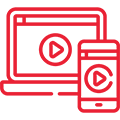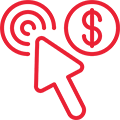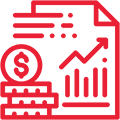“NEWMEDIA did everything; they created, launched, and hosted a completely new website using WooCommerce. Their willingness to get to know the client, the client’s needs, and their customer’s needs were very impressive to me.”
Amazon search engine optimization SEO services.
Earned, Paid, and Owned Media Explained
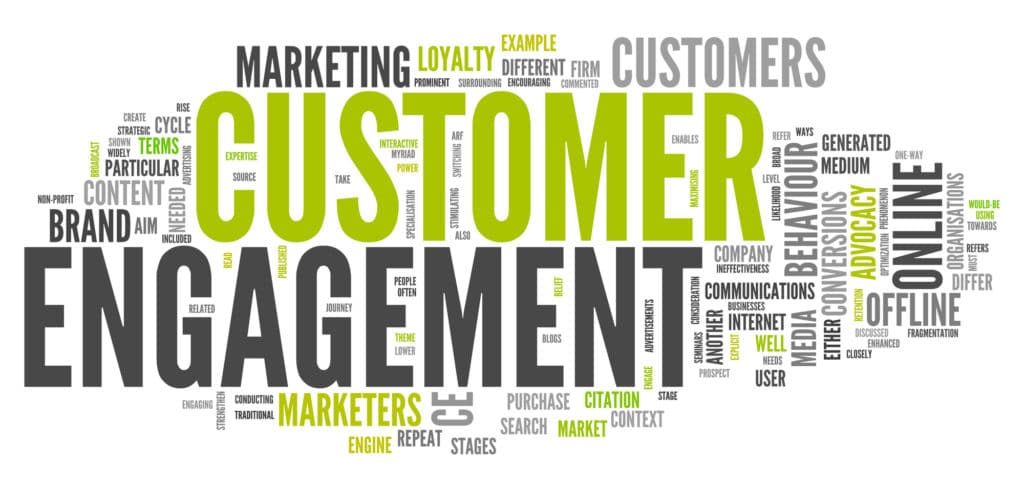
Potentially confusing at first glance, these ideas are easy to understand once you know the basics. Let’s dig in and learn more about them.
Marketing Director
Our expert digital marketing services increase your visibility, scale your ROI, and boost your bottom line.
Request a proposalWhat Is Paid Media?
Let’s kick off with a look at paid media. It’s one of the simplest of the three to understand.
The Basics
In a nutshell, paid media is just what it sounds like—media you’ve got to pay for.
Paid media is the bread and butter of most marketing campaigns. It’s especially relevant for businesses that are just getting started, yet to fully establish themselves in their industry or niche.
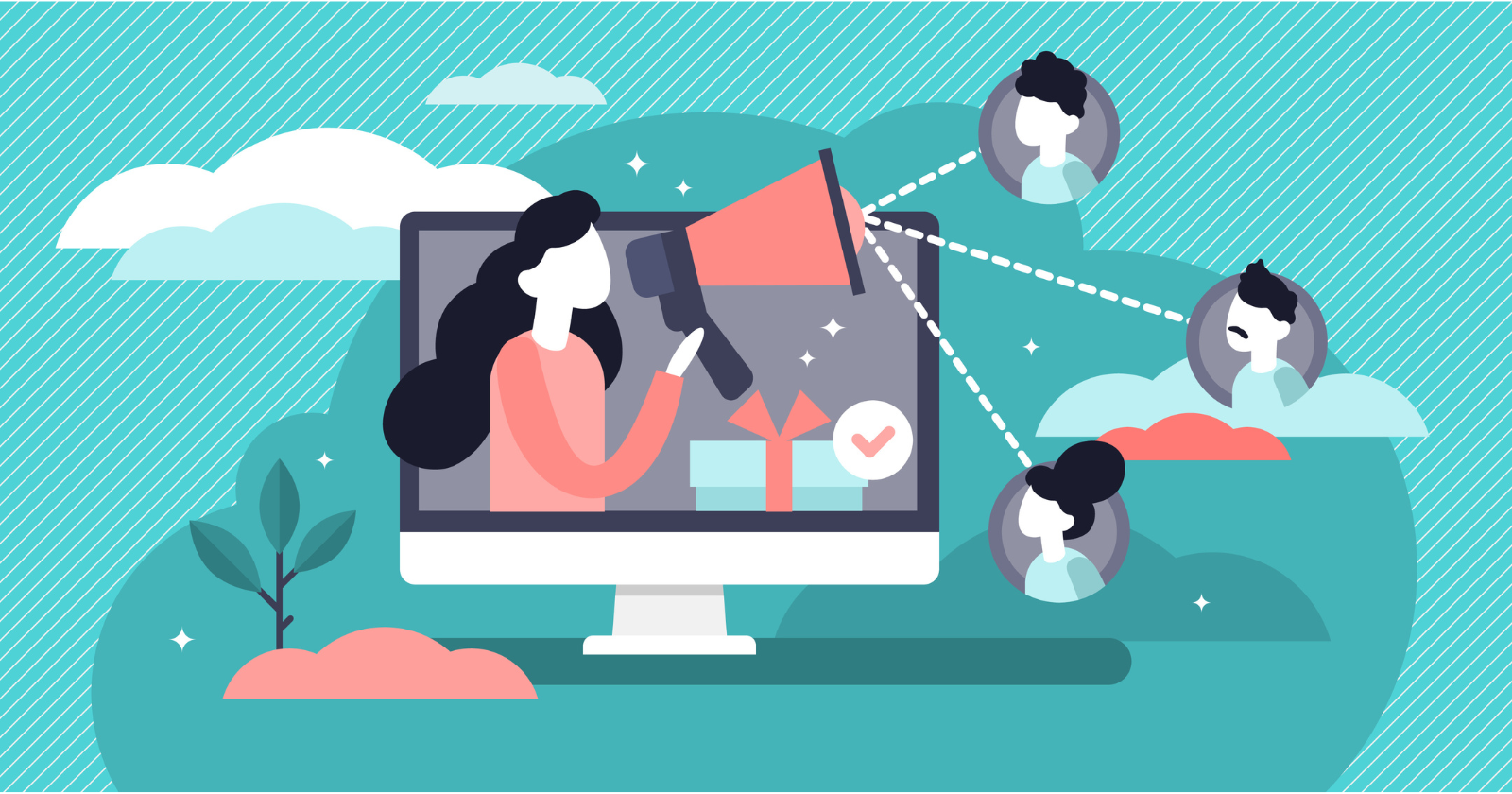
Paid ads and social media ads, for instance, are massive parts of startup marketing. They’re invaluable for new businesses looking to establish themselves and make their first sales.
However, that’s not to say that bigger brands don’t also use paid media. Indeed, paid media typically makes up a large part of marketing strategies for businesses of all shapes and sizes. Even the biggest brands, for example, may pay for TV ads and billboards to keep their brand name in the public eye.
The Benefits and Drawbacks
Obviously, you have to pay for paid media. That’s the main drawback.
Another downside is that, according to studies, paid media isn’t as widely trusted as owned or earned media. As such, a lot of people are in the habit of simply ignoring or even blocking paid ads.
However, the benefits of paid media are numerous.
Firstly, paid media is relatively accessible. No matter how big or small your business is—or what kind of budget you’re working with—there are paid media options you can turn to. Even a budget as low as $100 can be enough to at least get a few ads out there.
What’s more, when used well, paid media gets results. Boosting traffic to your site. Generating leads. Driving sales of your products and services—paid media can do it all.
As touched on above, paid media is also crucial for new companies. At a time when competition is extremely high in many industries, startups often rely on paid media campaigns to make their mark and bring in their first customers.
One final benefit of paid media is its variety. From paid ads on social media sites to display ads on news websites or even influencer campaigns, there are lots of ways to pay.
Examples
There are many different options to pick from when building a paid media strategy.
For example, almost all of the traditional, physical forms of marketing tend to fall under the paid media umbrella. That goes for TV ads, print ads, radio ads, and billboards.
In the digital space, too, there are many forms of paid media. PPC ads are a prime example. These ads appear on sites such as Amazon. As the name suggests, you only have to pay if and when someone clicks on them.
Search ads (Google ads) also fit the definition of paid media. These ads give you the chance to have your products or pages appear at the top of Google’s search engine results pages. Naturally, links near the top of the search results tend to get far more clicks than those further down. So, this can be a great way to gain traction.
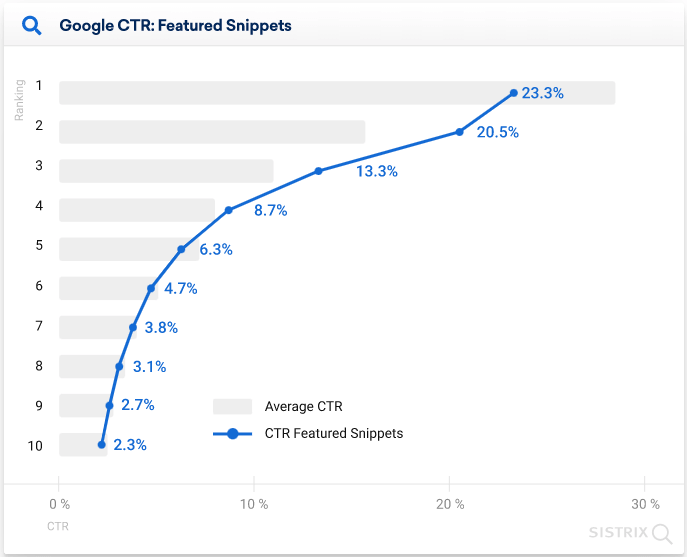
Social media platforms are also great hosts for paid media. You can set up sponsored social media posts on leading social media platforms, such as Facebook and Instagram, to potentially reach a huge audience with ease.
Influencer marketing also falls into the category of paid media. That’s when you pay or incentivize a content creator with a big following (an “influencer”) to market your brand to their fans and followers.
What Is Earned Media?
Unlike paid media, earned media doesn’t have to be bought and paid for.
The Basics
Earned media refers to exposure and marketing that you get without having to pay for it.
As the name implies, it’s earned. Earned among your consumers through your efforts in other areas. Like your paid media campaigns, your customer service, or your level of investment and commitment to providing quality products and services.
In short, if you do a good enough job in key areas of your business operations, you can build up positive word-of-mouth, reviews, and recommendations.
The Benefits and Drawbacks
A big benefit of earned media is that it requires no direct financial investment on your part. It’s an organic, natural form of exposure you get from basically doing good work and making customers happy.
Surveys also show that earned media ranks as the most trusted of all three forms (earned, owned, and paid). People tend to put confidence in user reviews, word-of-mouth, or recommendations from friends and family. They may be more likely to make decisions based on those recommendations than they would from seeing a paid ad, for instance.
Another joy of earned media is that it has an almost self-propagating nature. In other words, earned media tends to generate more earned media. If your brand goes viral on a social platform, for example, that can lead to additional earned media if news sites start writing articles about you.
The drawback is that earned media, despite not costing anything on its own, still tends to require some sort of investment.
You may have to pour a lot of money into paid media, for instance, to build up brand awareness, “go viral,” and start building up word-of-mouth. Or, you have to ensure that the products and services you deliver are good enough to provide positive emotions that then lead to good reviews and recommendations.
Another downside is that you have little to no control over earned media. It’s all in the hands of your consumers. Or whoever else decides to write or talk about your brand. They won’t necessarily be as kind and complimentary as you would like them to be.
Examples
Word-of-mouth is the embodiment of earned media. It’s when people talk about your brand, recommend it to others, discuss it with their friends and family. If what they say is positive, that can help you gain brand awareness and generate fresh leads with no direct investment on your part.
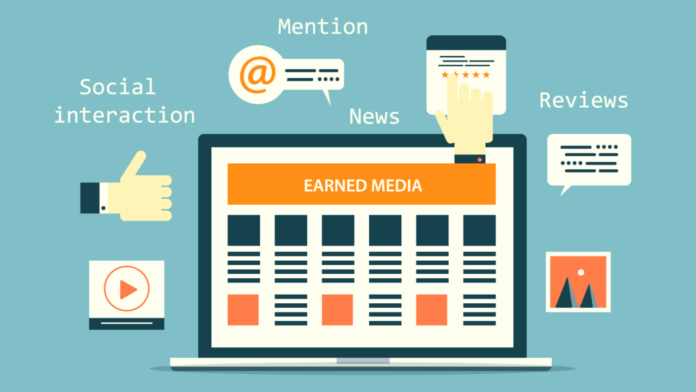
Reviews are another example. There are many review sites out there nowadays, and if customers are happy with your products or service, they might decide to leave you a good review or 5-star rating. That, in turn, can help to generate more business, as lots of people nowadays read reviews before making purchase decisions.
Influencer marketing may also fall under the category of earned media in some cases. For example, big influencers or celebrities might compliment your brand or use it without you having to reach out or pay them. That can provide all the effects of a standard influencer campaign with none of the costs.
Media coverage of your brand is another form of earned media, as long as you aren’t paying for it. For example, if your brand goes viral or makes its mark on an industry, news organizations might decide to write about it.
What Is Owned Media?
Last but not least, we have owned media.
The Basics
Owned media is arguably the simplest to understand. It’s the media you own. That means you have total control over it. You have the power to create, edit, upload, and share that content as you like, and it’s completely unique and relevant to your brand and your audience.
The Benefits and Drawbacks
The big benefit of owned media is quite simply the fact that it’s yours. You’re in control. That gives you the freedom and the power to make the kind of content that works for you and fits your brand’s vision and objectives.
You can use owned media to build up your own brand persona and voice. It’s a huge part of your business’ identity. Use it well, and you can build deep, long-lasting bonds with your customers, all while setting your brand apart from the rest.
Owned media is also a powerful force for SEO. If you get your owned media strategy right, you can rapidly push your way up the Google search results, enjoying more clicks, more visits, and more business as a result.
The drawback with owned media is that it can be quite challenging to get right. Many businesses pour time and effort into creating their own content, but it doesn’t always translate to better SEO scores or more brand awareness. Indeed, when managed poorly, owned media can actually damage your reputation and lead to a lot of wasted money and resources.
Examples
The primary example of owned media is your website content. That means webpages, blog posts, articles, and so on. It also includes other forms of content that you have full control over, like an email newsletter that you might send out to your most loyal customers, for example, or social media posts you share online.
How About Shared Media?
As well as paid, owned, and earned media, you may also sometimes hear reference to “shared media.” Some people tend to lump this in with one of the other categories, like earned and paid media, but others argue that it should be seen as a separate entity.
In brief, shared media is any media or content shared on social media that isn’t posted by you (otherwise, it would be classed as owned media instead). That includes posts on platforms such as Twitter (X), Facebook, Instagram, and LinkedIn, among others.
For example, if brands or media outlets share posts about your content or someone makes a meme about your brand, which then gets shared again and again by other accounts, that can be classed as shared media. As you can see, it’s very closely connected to earned media.
See Our Portfolio
Molly Hall Dorais
Colorado Rocky Mountain School
Ready to grow your revenue? Just fill in the form, and let our experts take it from there.
Book a free consultationThe Big Differences Between Earned, Paid, and Owned Media
We’ve covered the definitions of all three forms of media. Next, let’s look at some of the key ways in which they differ.
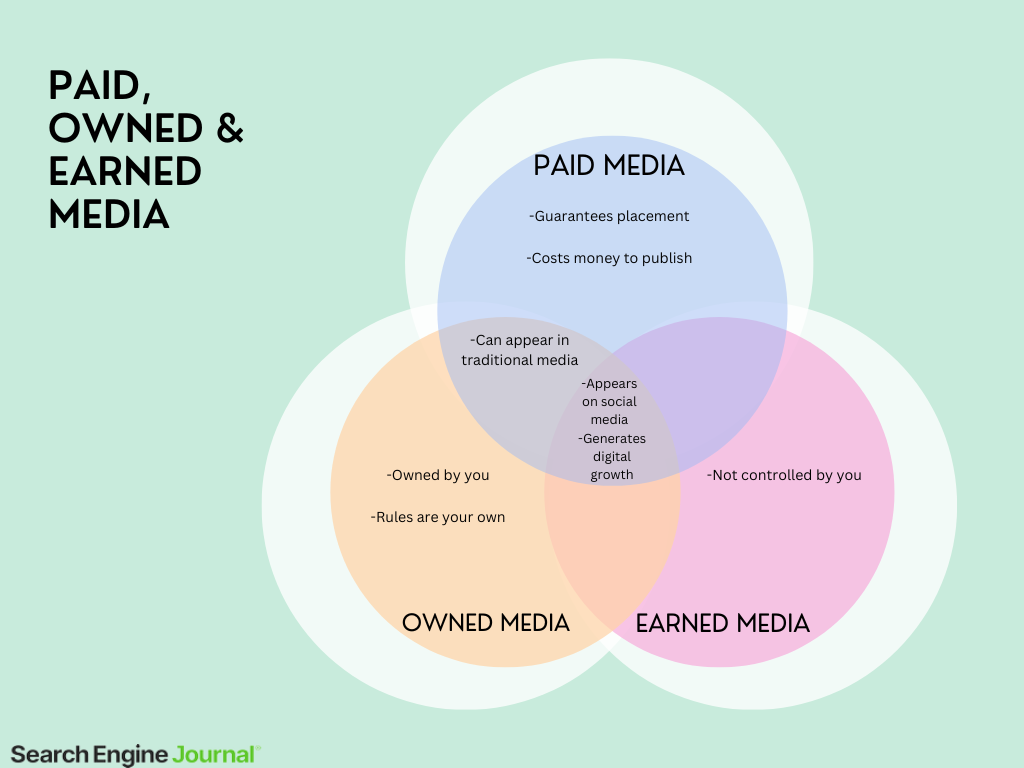
Costs
You have to pay, in some way, for any form of media. But the way you pay is a little different for each one. Paid media, for example, requires a direct investment to cover the cost of video ads, targeted ads, etc.
Earned media’s costs are less direct—you have to spend money on providing good services and products to generate positive earned media. Owned media can be free if you do it alone, or you might pay companies to help with its creation.
Level of Control
You have total control over owned media, a lot of control over paid media (depending on which platforms you use and how much you want to spend), and very little control over earned media.
Impact and Effectiveness
Earned, owned, and paid media can all be effective. However, they may vary in terms of their overall impact on raising awareness and influencing customer decisions. As stated earlier, customers tend to put more faith in earned media, so that can help you get more sales. Owned and paid media, meanwhile, are good for raising awareness and recognition.
What Customers Say About Us
Randall T.
Scale your revenue online. Request a proposal now to receive a project blueprint, full pricing, and strategy.
Get my custom quoteDevelop a Complete Digital Marketing Strategy With NEWMEDIA
Earned, owned, and paid media. The marketing trifecta. By this point, you know what they mean, but you may not fully understand how best to use them. Unfortunately, that’s what counts.
Experience You Can Trust
You have to know how to leverage each form of media for maximum returns—it’s impossible to rely solely on one of them if you hope to succeed.
But that’s easier said than done. Many companies struggle in at least one of these areas. They might find it hard to master their owned media creation, for example, or fail to find ways to generate impactful earned media.
The Ultimate Agency
That’s where NEWMEDIA comes in. As one of the world’s leading digital marketing companies—trusted by leading Fortune 500 firms—we can help you create and implement the ultimate marketing strategy. Get in touch with the team today to find out more.
Related Services
Ready to scale your results? Connect with our team to get a custom digital marketing quote for your business.
Outrank my competitors

